August is traditionally the month when Paris shuts down, as locals take off to their coastal and country retreats, shuttering many shops and restaurants in their wake. While no longer the ghost town it once was at this time of year, Paris nevertheless still slows to a lazier pace in the final weeks of summer.

It’s a beautiful time of year to visit, especially if you’ve been to Paris several times and are now craving a more leisurely sojourn, one of aimlessly strolling the sun-baked cobbled streets by day and picnicking the long balmy evenings away.
To enhance that easy-going experience, add the following ideas to your pared-back itinerary:
Picnic Prep
Many of your favourite restaurants might be closed for much of August, so check in advance on any that you have your heart set on visiting, and adjust expectations accordingly. And be prepared for a little serendipity and spontaneity — eating wherever takes your fancy at the time.
More ideal still, considering the warm weather and long, sunny nights, is a picnic …

Click here for the best al fresco eating spots. And make your Parisian picnic all the more perfect by packing a few advance essentials into your luggage: a lightweight rug, paper plates and wooden cutlery, a few reusable glasses, and a bottle opener.
Mini Museums
Most tourist sites remain open for the month, although in keeping with your quest for a quieter Parisian holiday, explore the city’s smaller-scale museums, which are brimful of charm. You’ve probably seen the Louvre and the Musée d’Orsay anyway, or perhaps find them sensorially over-stimulating!
The littler Parisian museums that are balms to the soul include: the Musée de la Vie Romantique, a bucolic ode to George Sand and her Romantic friends, set in the sweetest cottage by a rose-garden café …

… the Musée de Montmartre, a complex featuring the district’s oldest manor, one-time artist studios and gorgeous gardens (complete with a glasshouse café and Renoir-esque swing) …
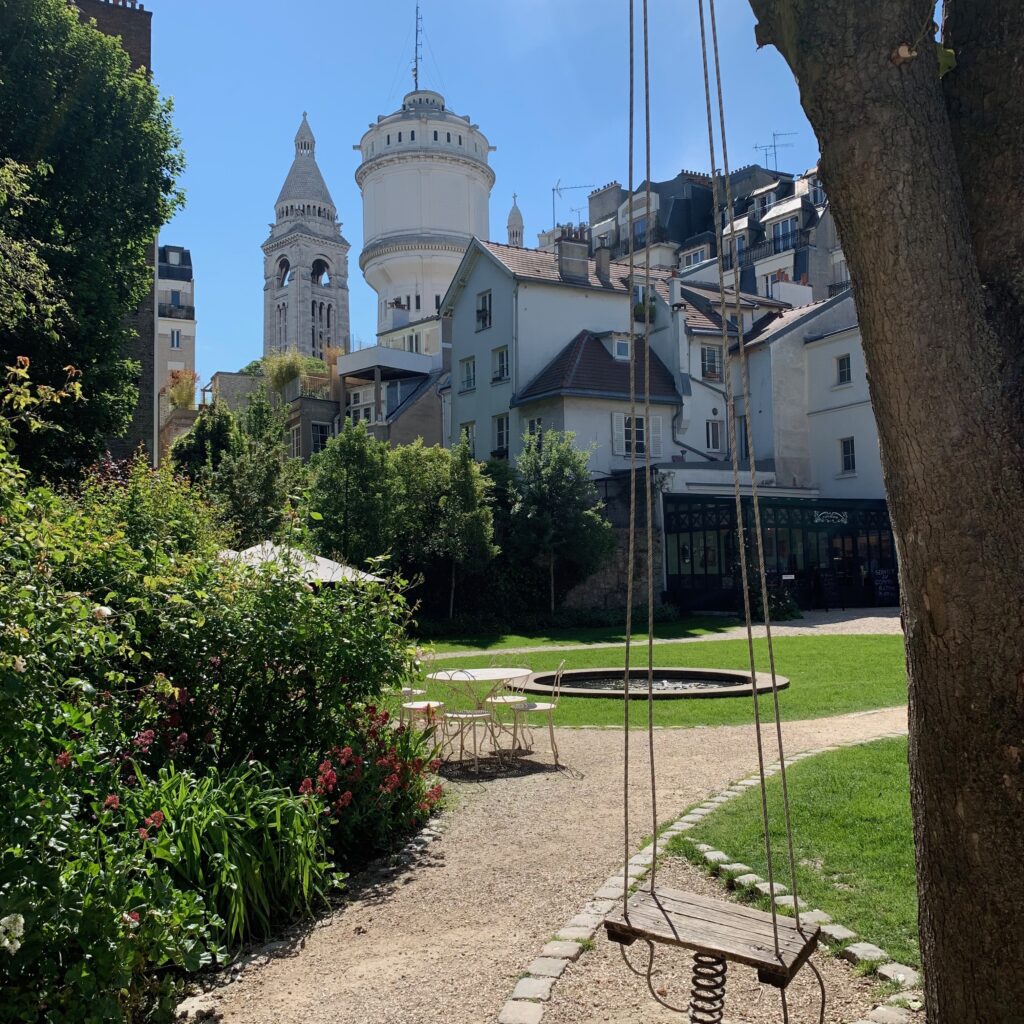
… and Musée Delacroix, where the lauded painter lived and worked in the mid-nineteenth century, and where the atelier garden has been reimagined in line with the artist’s original vision …
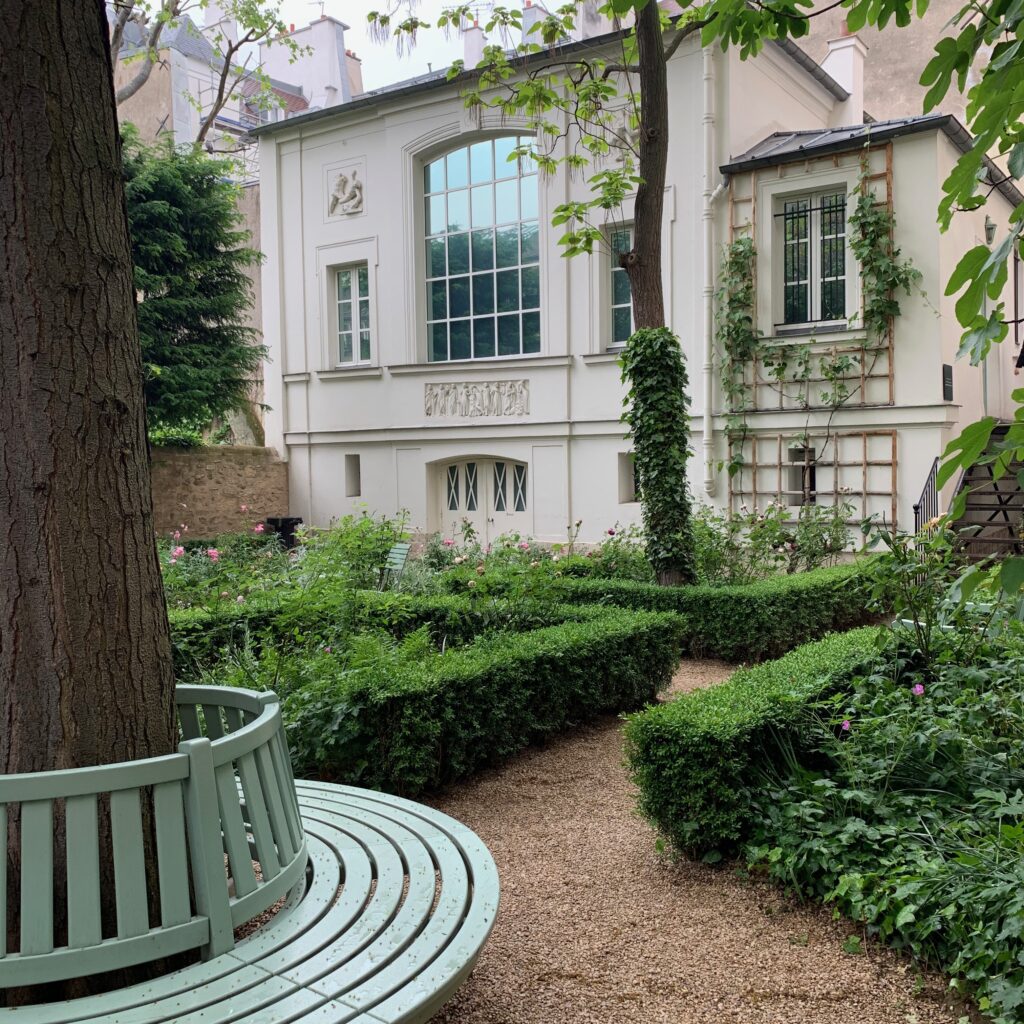
Make sure to check all museum websites for opening days and times, as well as conditions of entry.
River Strolling (and Sitting)
Sauntering by the Seine — along its lower quays, which are pedestrianised and stretch for most of the way between the two city islands and the Eiffel Tower — is one of the most relaxing forms of exercise there must be.
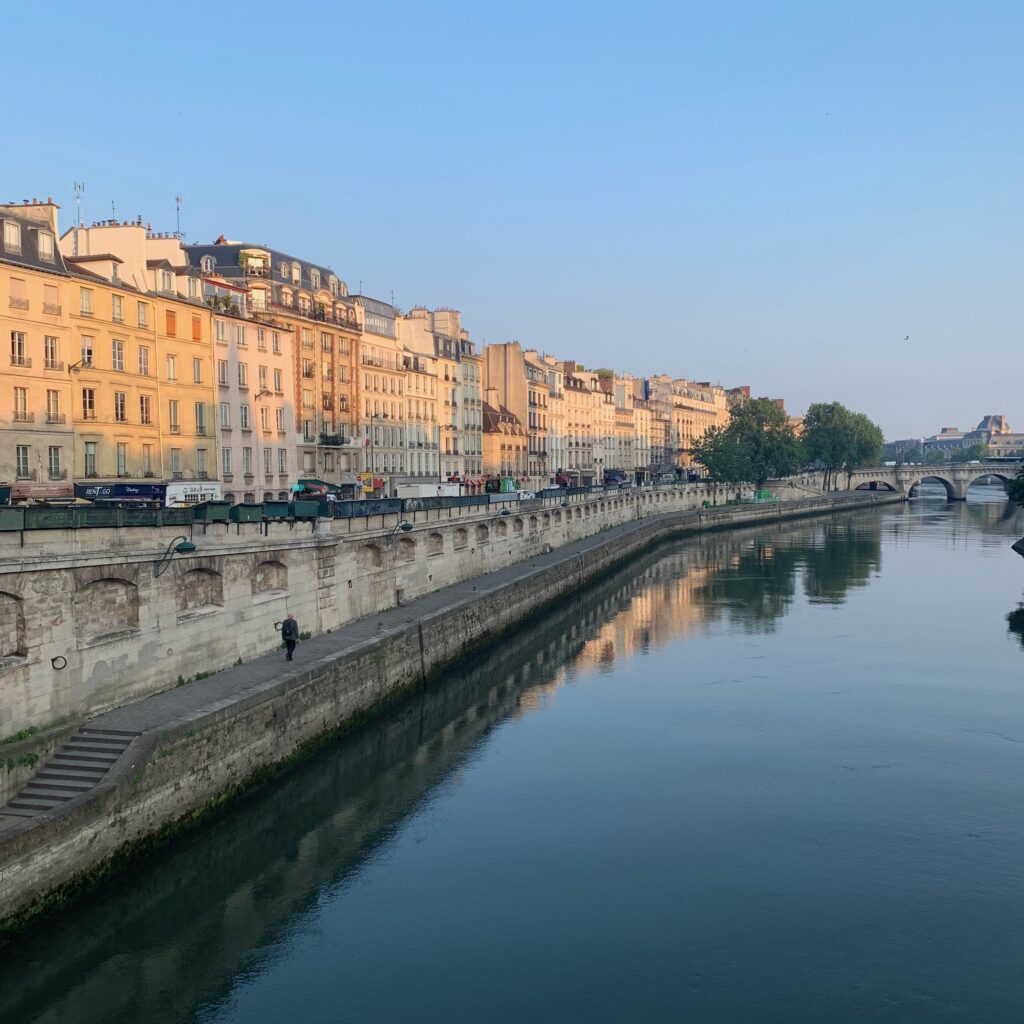
Stepping away from the rush of passing cars, you feel at the very source of Paris, which began as a fishing village on the Île de la Cité. And you can slow your pace, which allows you to see the city, as well as its monuments and bridges, from fabulous new angles.
Start early in the morning, when the water is still and smooth, and you’ll feel as though you have the city to yourself. And set out from near Notre-Dame, on the southern riverbank, walking westwards before eventually ambling back east on the opposite side of the river.
As you pass by the northern edge of Île Saint-Louis, you’ll notice one of the stations of the summertime festival Paris Plages …
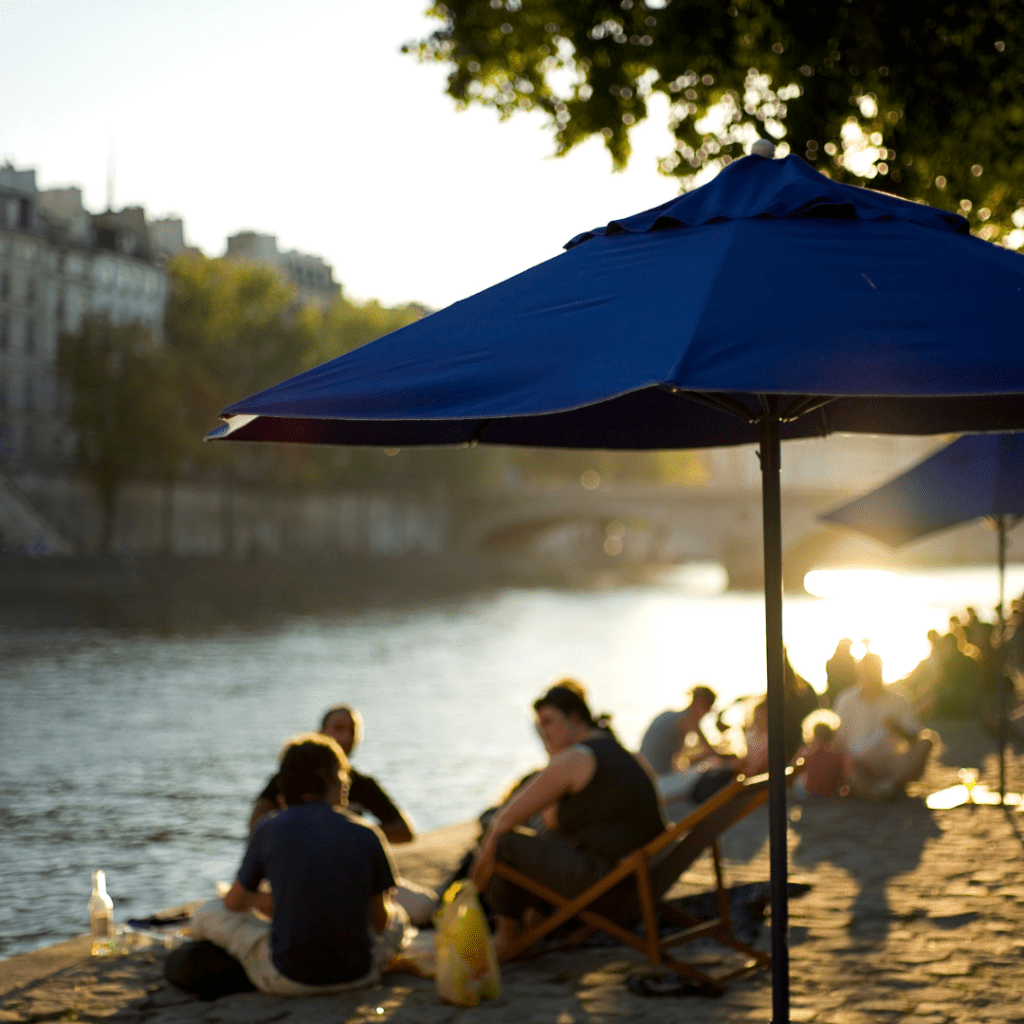
Grab a sun chair for a while, and admire the graceful seventeenth-century architecture of the island opposite as you rest your feet. Once your energy is restored, pop over to the Île Saint-Louis; meandering around its shaded, hushed streets and old cobbled banks, it’s easy to feel like you’re wending your way back in time.
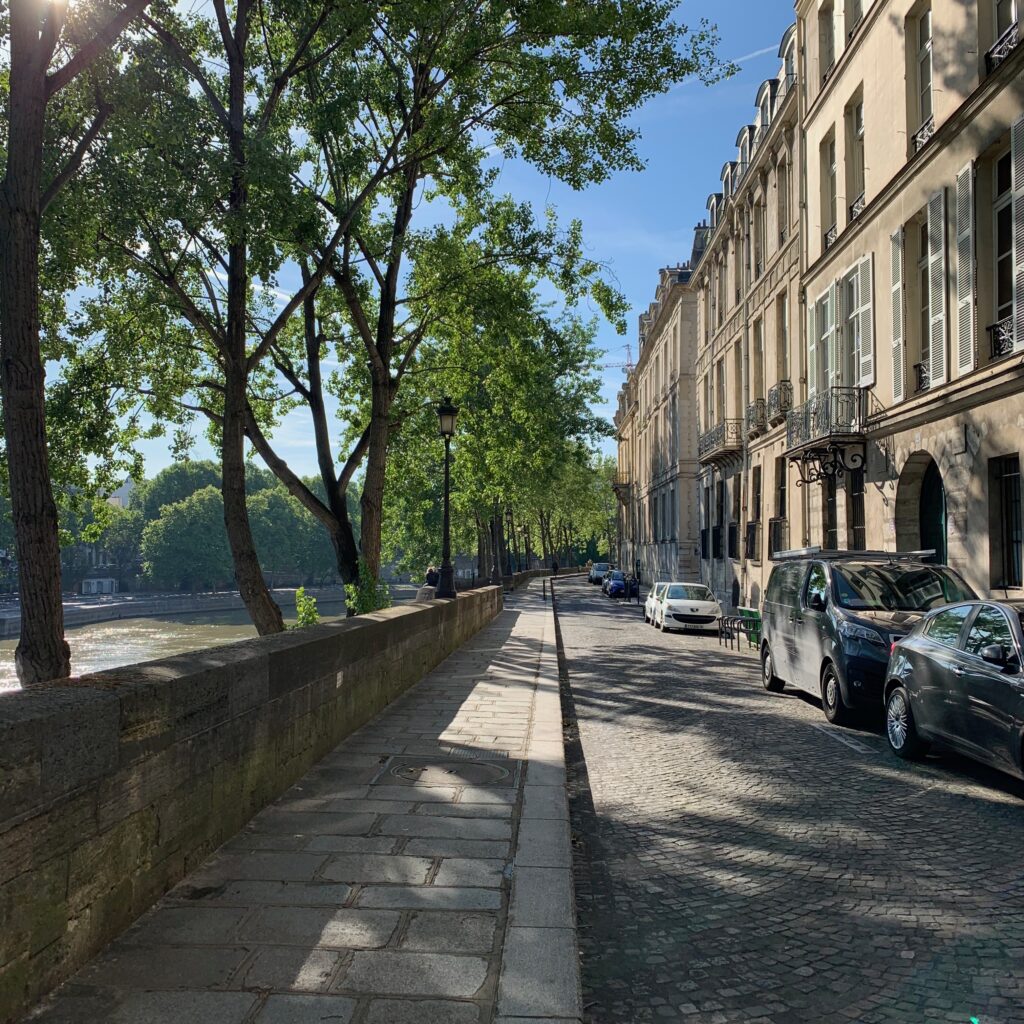
The iconic Berthillon closes its flagship island store for August, but you can find its stunning ice-creams and sorbets in many other outlets along these lovely streets. Sit by the water, cone in hand, and watch the world, along with boats and swans, glide by.
Park Yourself
Paris is dotted with a number of delightful parks, and a rushed itinerary might see you simply criss-crossing them as you tick off your various to-dos. But if you have the time, they’re a destination in their own right.

The Jardin du Luxembourg, in particular, a park much-loved by locals, can easily merit a few hours or more, as it offers numerous ambiances and activities — especially the activity of doing nothing but people-watch, from one of the signature green garden chairs, angled just so for relaxation purposes.
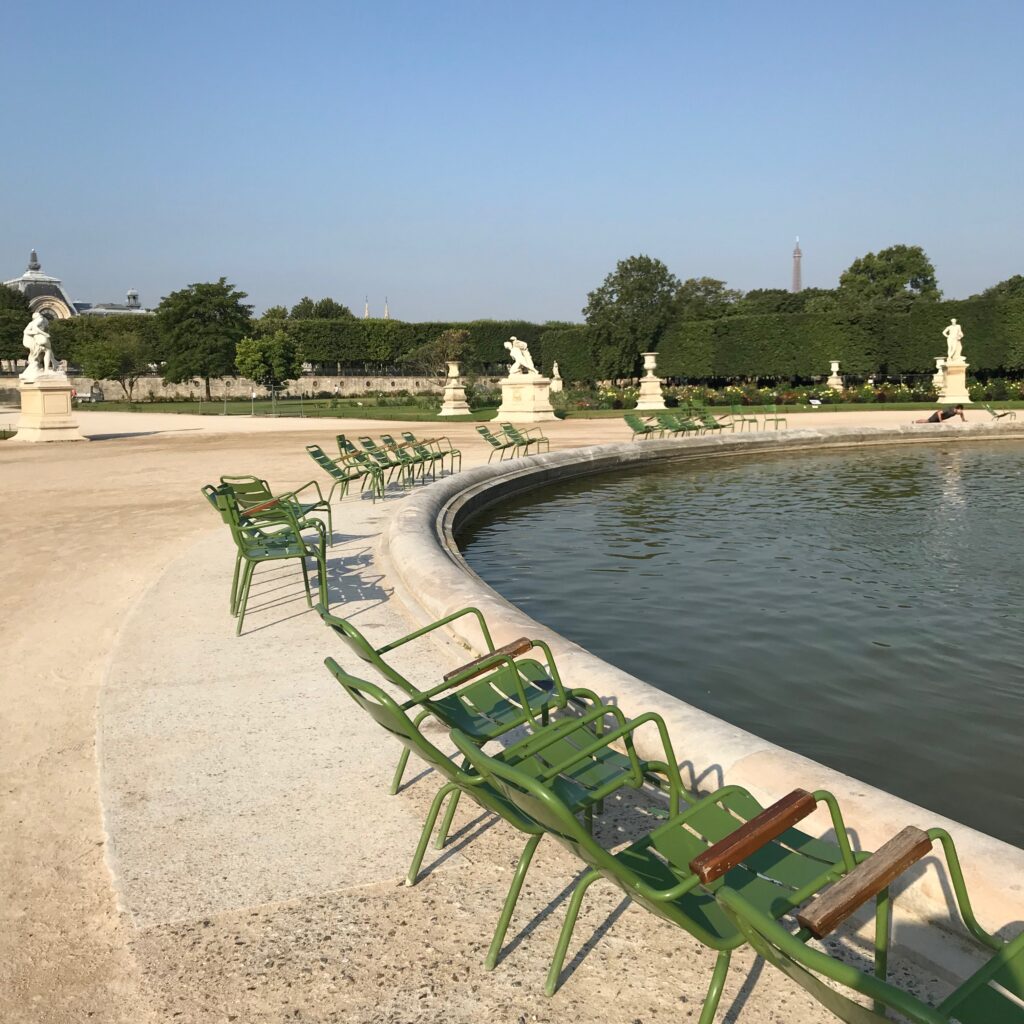
Alternatively, grab a green chair pond-side at the more centrally located Jardin des Tuileries. With a book and sweet treat from Librairie Galignani and Angelina — both handily situated just across Rue de Rivoli — you’ll easily while away several happy hours here.
Further Afield (But Not Too Far)
In the mid-1800s, Baron Haussmann remade Paris into a modern metropolis, a city of wide, sunny boulevards lined with elegant apartment buildings. But the urban makeover had a rustic agenda, too, for Haussmann knew that big cities needed oxygenation by way of large public parks. To this day, his gardens are the city’s lungs, as much as a quasi-rural getaway.
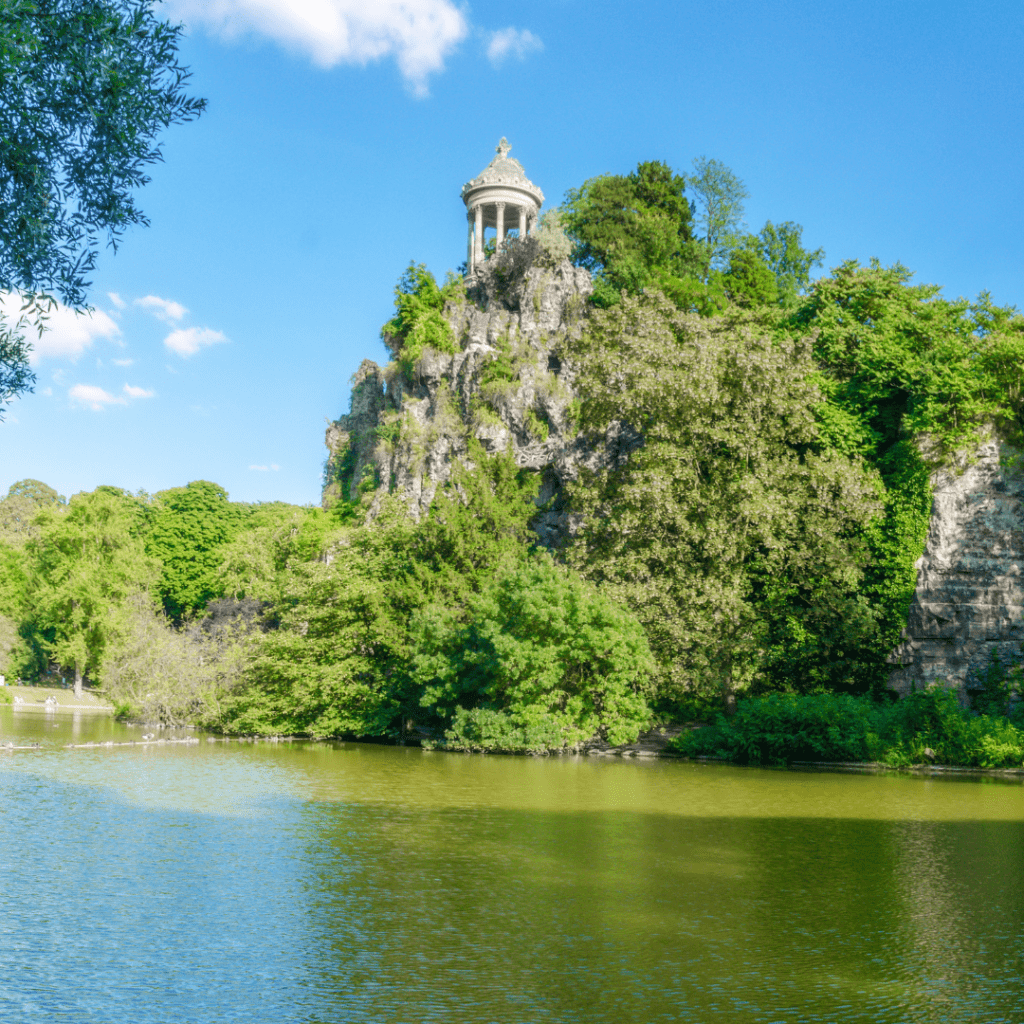
In the East is the Parc des Buttes Chaumont, which looks like a vision from a Romantic landscape, with its sloping lawns, suspension bridge, artificial lake, grotto and waterfalls, and temple atop a rocky hill. Stay on for sunset apéro at the Rosa Bonheur guinguette, where you’ll feel worlds away from city life. But the park is a cinch to reach from inner Paris: there’s a Buttes Chaumont métro station on line 7bis, which runs off line 7 (think stations Chatelet, Palais Royal-Musée du Louvre and Opéra).
On the western edge of Paris lies the Bois de Boulogne. It’s a sprawling park, with some areas that can turn a little creepy, especially come evening, so stick to the sunny, open spots. It’s somewhat a trek to reach, but if you take the train to Porte Dauphine (with a fabulous and rare dragonfly-inspired entrance that’s worth the journey alone), and then walk south-west along Route de Suresnes you’ll reach, after about fifteen minutes, the Lac Inférieur, the larger of the park’s two artificial lakes. Hire a rowboat and stop at the island for a drink at Le Chalet des Îles.
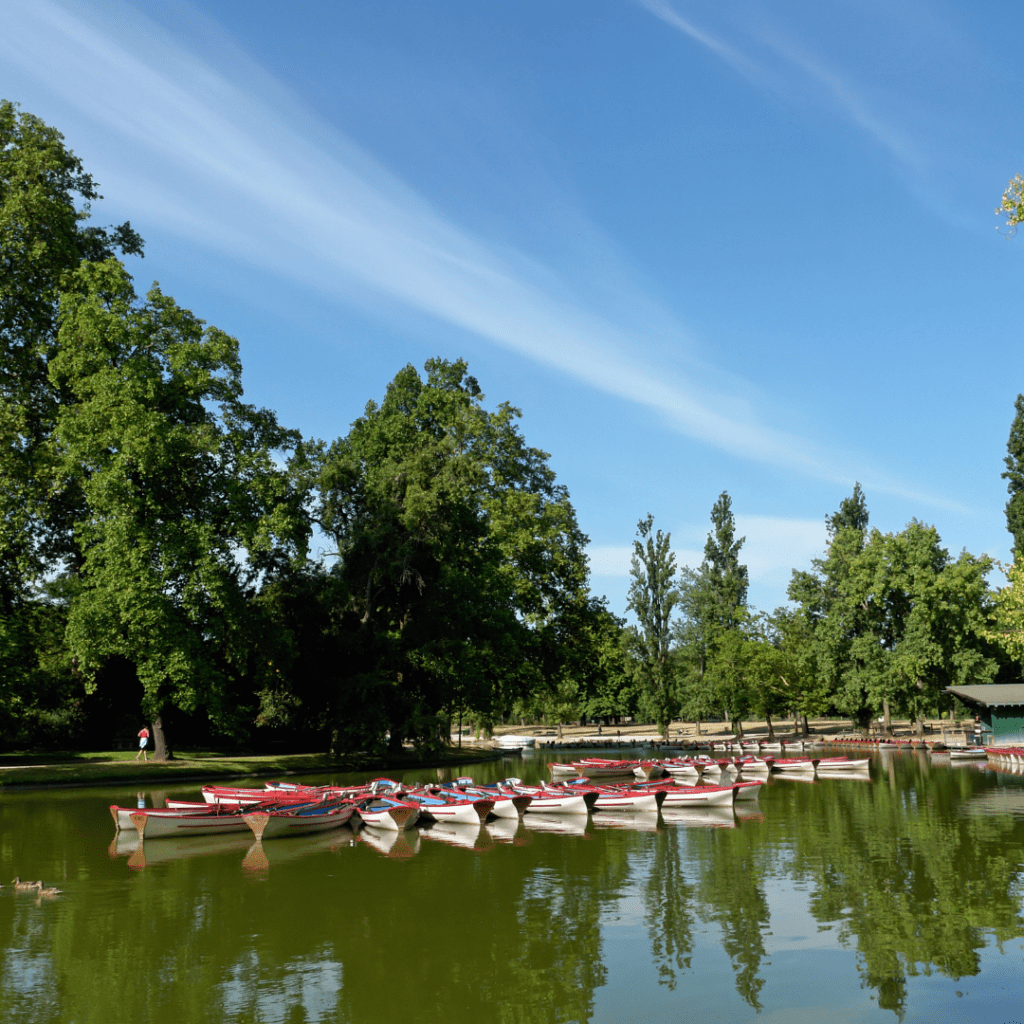
There are various strolls and sites in the Bois, but to see one of its sweetest attractions walk west to find the Route des Lacs à Bagatelle, at the end of which you’ll spot a gorgeous neo-Rococo guardhouse. This is the entrance to the Parc de Bagatelle (have several euros on you for the entry fee), which looks like something from a fairytale, with its blush-pink château, and numerous architectural and garden follies.
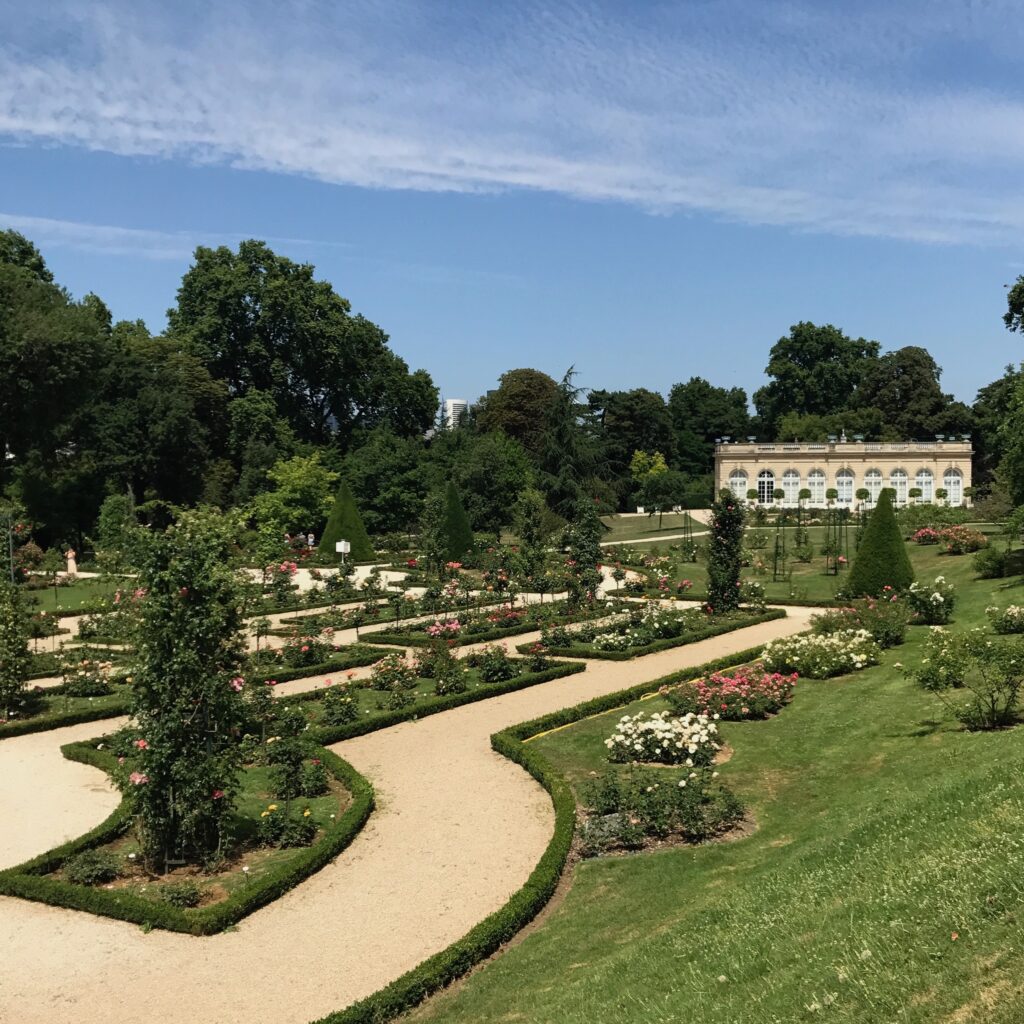
The famous roseraie might be wilting by late summer, but it’s nevertheless the perfect place for stopping to smell the figurative roses.

